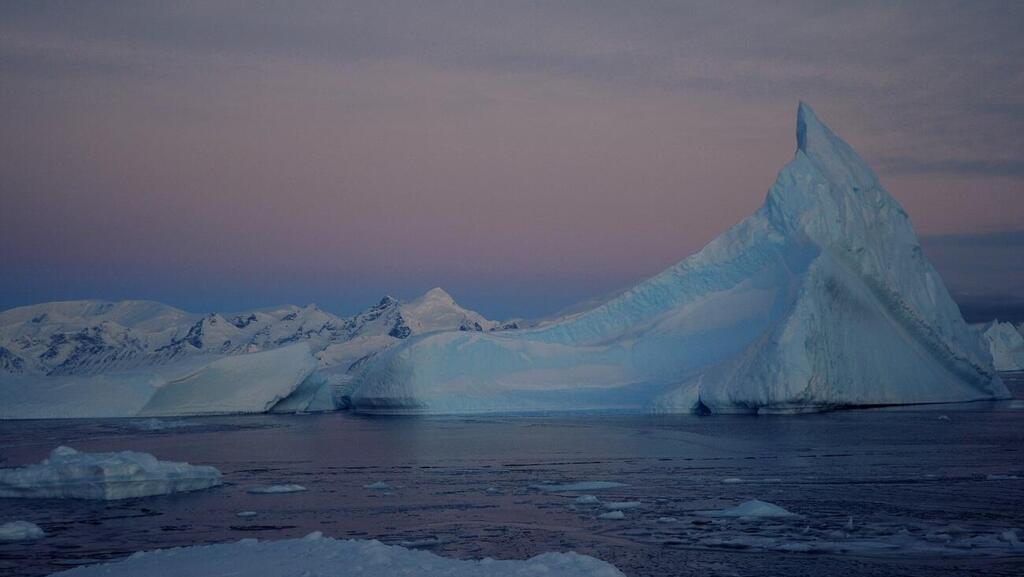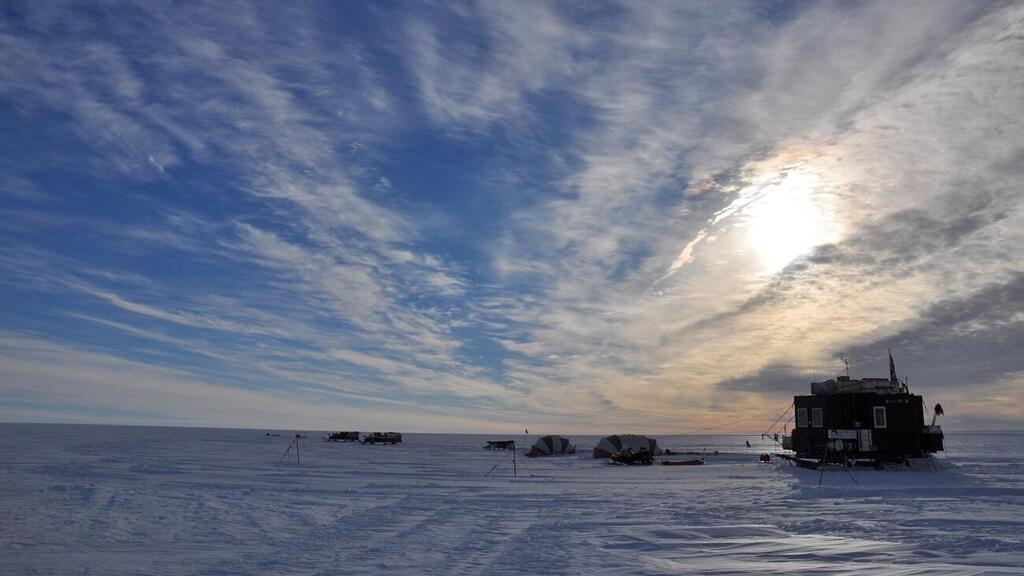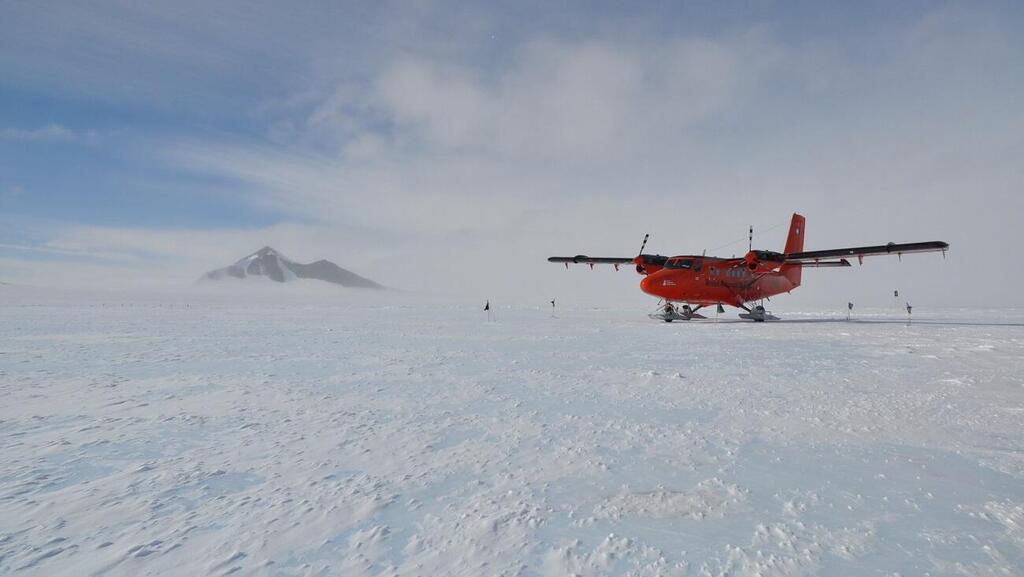Getting your Trinity Audio player ready...
The Amundsen Sea in western Antarctica has been hit particularly hard by the catastrophic effects of climate change, losing over three trillion tons of ice in just 25 years. This region stands out as one of the areas most severely affected by extreme weather conditions.
Related Stories:
The Amundsen Sea's melting glaciers are playing a critical and dangerous role in contributing to the rise of sea levels around the world.
A recent study led by Dr. Benjamin J. Davison, a research fellow at Earth Observation of the Polar Regions in the School of Earth and Environment at the University of Leeds, examined the impact of extreme snowfall variability on short-term sea level rise from West Antarctica.
The experts calculated the Amundsen Sea Embayment mass balance, which measures snow and ice gained through snowfall versus that lost through iceberg formation at the end of drifting glaciers.
The study revealed that from 1996-2021, the West Antarctic lost a staggering 3,331 billion tons of ice due to changes in ocean temperature and current. This caused global sea levels to rise by over nine millimeters - a significant increase.
To provide some perspective, the ice melted in this period would form a two-kilometer high pile over the entire city of London, or a 61-kilometer high pile over Manhattan, which is equivalent to 137 stacked Empire State Buildings.
“The 20 glaciers in West Antarctica have lost an awful lot of ice over the last quarter of a century and there is no sign that the process is going to reverse anytime soon although there were periods where the rate of mass loss did ease slightly,” said Dr. Davison.
“Scientists are monitoring what is happening in the Amundsen Sea Embayment because of the crucial role it plays in sea-level rise. If ocean levels were to rise significantly in future years, there are communities around the world who would experience extreme flooding.”




